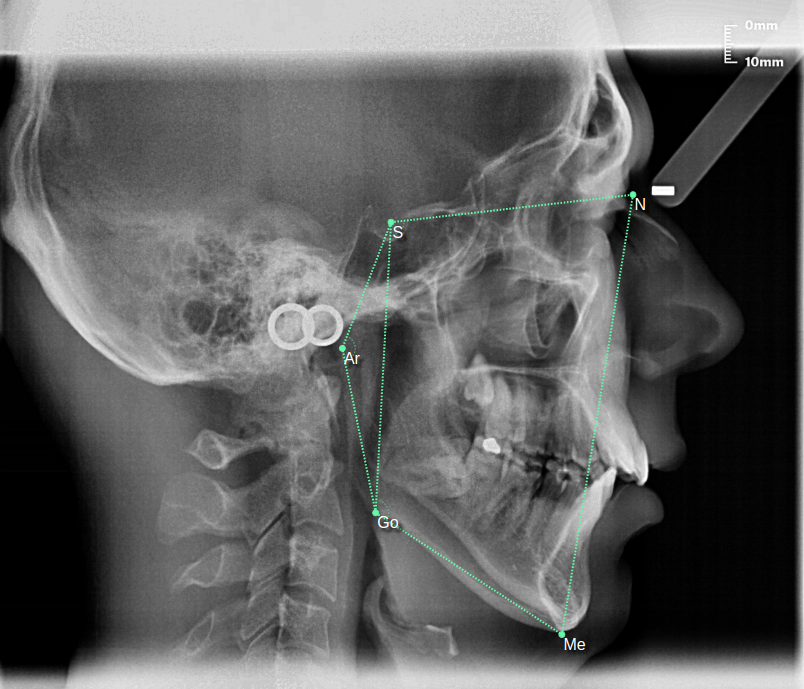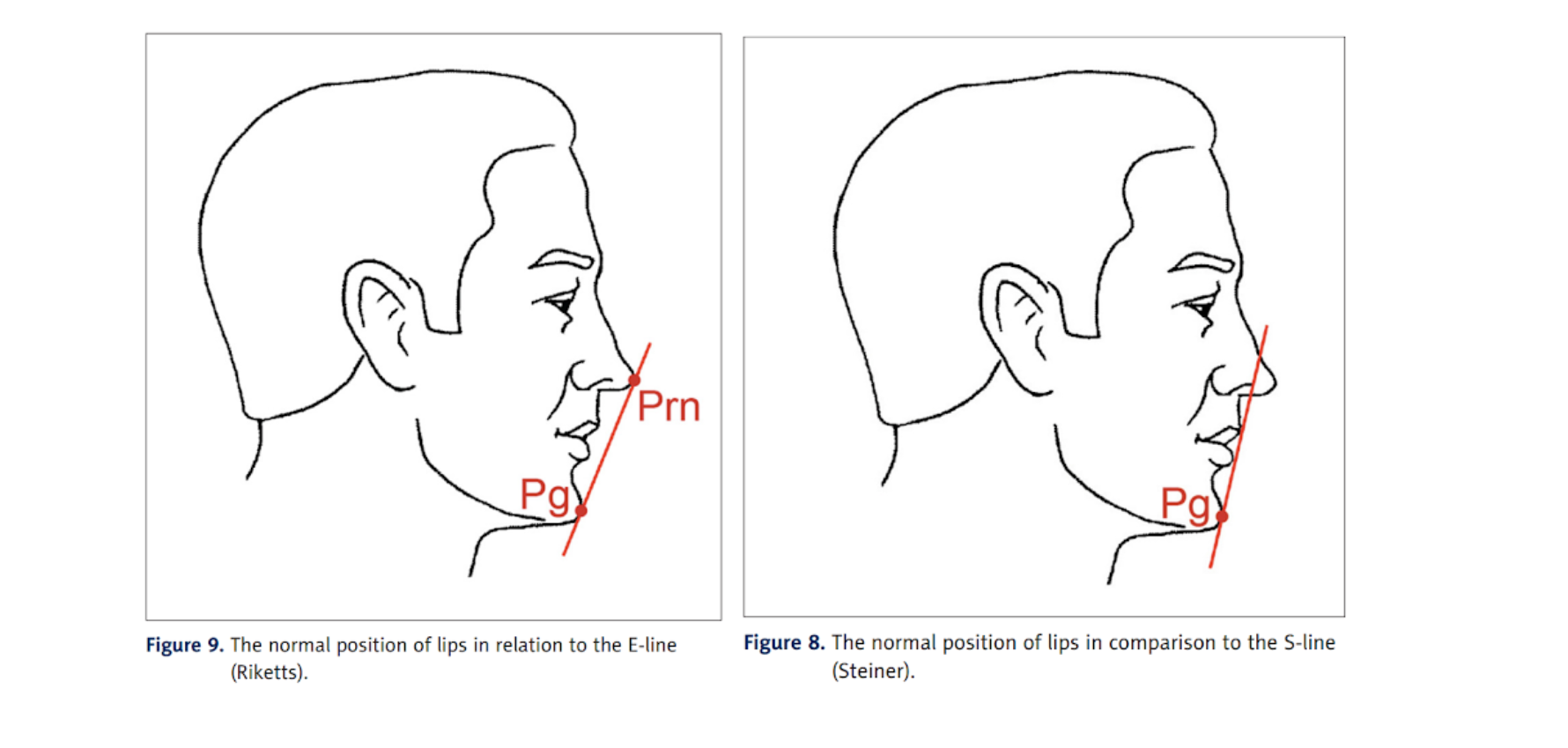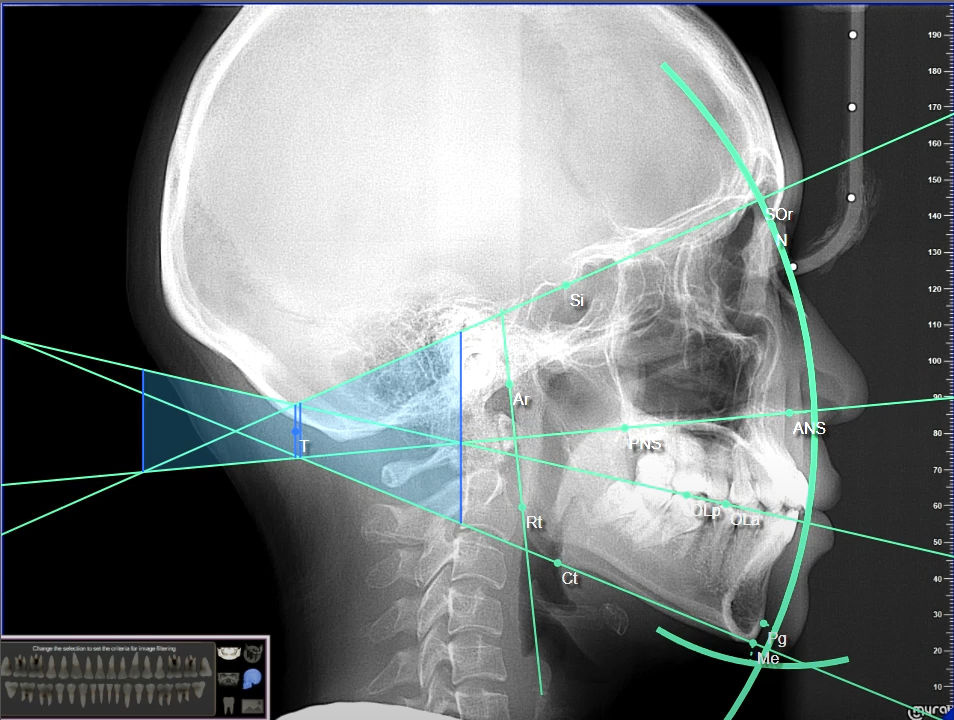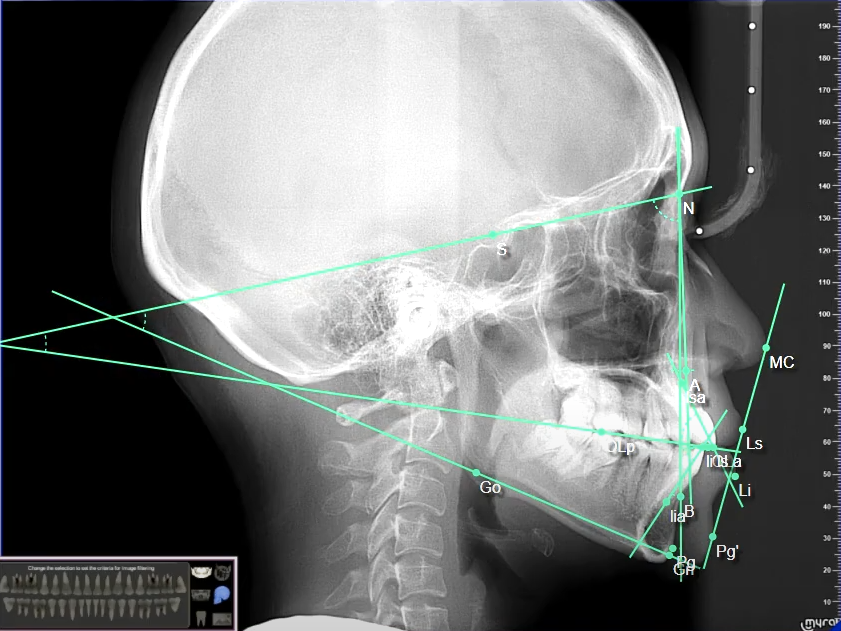-

Roth-Jarabak Analysis
Our analytics solutions empower businesses to uncover hidden insights within their data, driving efficiency and innovation across all sectors.
-

S-line and E-line: Difference and Clinical Significance in Orthodontics
The soft tissue profile is essential for facial esthetics and treatment planning in orthodontics. It highly affects the treatment to achieve alignment of teeth based on the patient’s perceived harmonious lip position
-

Variance in occlusal plane identification in different literature
Various analyses in orthodontics use reference planes for accurate diagnosis and treatment planning. The occlusal plane, as a reference appears in different points plotted together...
-

Jefferson Analysis
The 2010 Jefferson Cephalometric Analysis evolved from the Sassouni Archial Analysis by Dr. Vikan Sassouni, Sassouni Plus and Simplified Sassouni Plus Analysis by Dr. Richard Beistle and the Koski Circle Analysis
-

Steiner Analysis
In the early 1950’s, Dr. Steiner emphasized the significance of the cephalometric analysis since the cephalometer was still starting to gain popularity during his time
-

The evolution of Sassouini Analysis
The success of orthodontic treatment lies in careful diagnosis and treatment planning. The cephalogram provides descriptive information of the patient’s skeletal and dental malocclusion. The radiographic data are analyzed to predict growth patterns and determine case...